The Nepalese Constituent Assembly (CA), which had jumbo size of 601-members, was expected to make constitution within the stipulated time of two years from 2008. But despite its repeated extensions for four times, it could not make the constitution during its total tenure of four years until May 27, 2012 and so finally its dissolution took place on the next day on May 28, 2012.
As per Article 38 (7) (B) of the Interim Constitution of Nepal, the Prime Minister automatically lost his executive power as he lost CA membership following its dissolution. The President of Nepal, Ram Baran Yadav asked the Nepalese Prime Minister Baburam Bhattarai to remain in the post and continue to perform administrative work of the government as caretaker until the new government was formed.
But on the eve of dissolution of CA, Prime Minister Baburam Bhattarai declared November 22, 2012 as the date for holding elections of the new Parliament. President Ram Baran Yadav, however, is maintaining silence on this issue.
Moreover, the Prime Minister wants to give continuity to the present government in the post-CA dissolution period until the elections of the Parliament is held, but other major political parties, including the Nepali Congress (NC) and the Communist Party of Nepal –Unified Marxist-Leninist (CPN-UML) and ten students wings want the Prime Minister to resign from his post immediately to pave the way for the formation of national government. The NC and CPN-UML have already stopped giving support to the present government by calling back their ministers.
In fact, the dissolution of CA is a great set back to democracy in Nepal. Unfortunately, neither the CA could come with any formula with regard to the restructuring of the states under the federal system nor did it resolve the dispute about the system of governance. Some of these issues were major hurdles in constitution making. CA’s seriousness in making constitution was observed only when the Supreme Court in Nepal gave its verdict that there would be no further extension of CA if it failed to come out with constitution until May 27, 2012, the day its term expired.
The political leaders in Nepal in haste tried to resolve some of the issues that they could not address for a long time. The problem of rehabilitation and integration of the Maoist People’s Liberation Army numbering 19,000 plus was largely addressed. Most of the combatants opted to go for voluntary retirement from the cantonments and satellite camps. As such, only 3000 or so combatants were left to be integrated with the Nepalese Army and it was not difficult to do so as there was already an understanding among the political stakeholders to integrate 6,500 of those people in the Army.
A few days before the dissolution of CA, the NC and CPN –UML had even joined the government headed by Prime Minister Baburam Bhattarai of Unified Communist Party of Nepal – Maoist (UCPN –Maoist). The loose alliance of Terai Madhes Democratic Forum had already extended its support to UCPN (Maoist) in forming government. With the joining of those two major political parties, the Bhattarai government in Nepal had really taken a shape of democratic alliance, if not the consensus government.
In a marked departure, the major political parties in the Bhattarai government including the UCPN-Maoist, NC and CPN-UML agreed to form 11 federal units. Besides, they decided that the President of the country would be elected by the people; while the Prime Minister would be elected by the Parliament. It was agreed that the constitution would be prepared based on some of those broader framework and the contentious issues would be left to the next elected parliament to decide.
However, the political leaders of the major political parties like the UCPN (Maoist), NC and CPN–UML committed a blunder for not giving any details of the names and geographical boundaries of federal units. They were silent with regard to the question of power-sharing between the people-elected President and the Parliament-elected Prime Minister. They were also silent on the procedures of election of chief ministers in federal units and the election of the National Assembly members.
It was feared that the confusion in division of power between the two executive bodies of President and the Prime Minister could trigger conflict. It was anticipated that the President backed by the army could make the Prime Minister’s position shaky leading to the revival of authoritarian regime.
Most importantly, by deciding to form 11 federal states, the three major political parties in the government embarrassed the Madheshi forces. They expressed complete disagreement with the proposal of the three political parties to form the so-called 11 provinces for the reason that it ignored the issue of identity. They also took this development as an attempt to foil the idea of ethnicity-based federalism. There was a growing apprehension that a conspiracy was hatched to weaken the Terai by breaking it into multiple states rather than one state.
As it is well known, the Madheshis have been making demand for the formation ‘One Madhesh Province’ from east to west in the Terai region. They had stopped the Madheshi agitation in 2007 only when the then Prime Minister Girija Prasad Koirala made agreement with the Madheshi leaders to concede their demand for the formation of ‘One Madhesh Province.’
The Terai-based Madhesi People’s Rights Forum, therefore, threatened to protest the agreement with regard to the formation of 11 states if the contentious issues in constitution were not scrapped. Normal life in Terai region had been plagued by the bandh (shutdown) for more than three weeks due to the call given by different ethnic groups, including the Nepal Federation of Indigenous Nationalities and Tharuhat Struggle Committee. The industries, business and movement of the people had largely been affected. Cases of ethnic violence erupted in different parts of the country.
The Nepalese Federation of Indigenous Nationalities, including Tamans and Newar communities of Kathmandu, had announced Kathmandu-centered programmes in their bid to oppose political parties’ decision on federalism. Amidst the chaotic situation, the Western diplomatic missions and their aid agencies in Nepal had asked their staff and their nationals not to make visit outside Kathmandu.
Now in the post CA dissolution period, it is very difficult to predict about political course that is likely to take place. But certain signs of conflict among the major political parties have already started. The CPN-Maoists want election of Parliament to be conducted on November 22, 2012, but the NC and CPN-UML do not want such an election to be conducted under the aegis of CPN-Maoists. Besides, misunderstanding has started surfacing between the President and the Prime Minister. The President treats the Prime Minister merely as a caretaker body until the next government is formed. On the other hand, the Prime Minister thinks himself as competent executive body to run the government and hold elections of the parliament.
In the existing situation, the NC and CPN-UML might loose their political hold in the country further if there are elections of the parliament as per the decision of Nepalese Prime Minister Baburam Bhattarai. It is likely that the CPN-Maoists might use the government machinery in its favour to win the elections. It might also use former combatants during the time of elections to its advantage. Even many of the Madheshis might back CPN-Maoists during the time of elections. This is due to the fact that some Madehsh-based political parties are in the government and a message has gone to the people in Terai region that the NC and CPN-UML are in favour of dividing Madhesh whereas the CPN-Maoists are somewhat considerate to their cause of forming One Madhesh.
In order to save the country from plunging into further conflict, it would be appropriate if the President of Nepal facilitates a process whereby a competent retired Chief Justice of the country is made Prime Minister. The new Prime Minister could form government with the help of non-political persons and then declare appropriate date for conducting next elections of the parliament. After conducting parliamentary election in free and fair manner, the Prime Minister might be expected to handover power to the person who is elected Prime Minister by the parliament. It would be the duty of the next parliament-elected Prime Minister to see how the new constitution is made to the satisfaction of the people. In the existing situation, neither the political parties in government nor the parties in opposition could be said to be appropriately qualified to conduct the parliament elections as they have failed to make any delivery so far. Any effort to deviate from this process might further destabilize peace and stability in the country.
Published Date: 5th June 2012

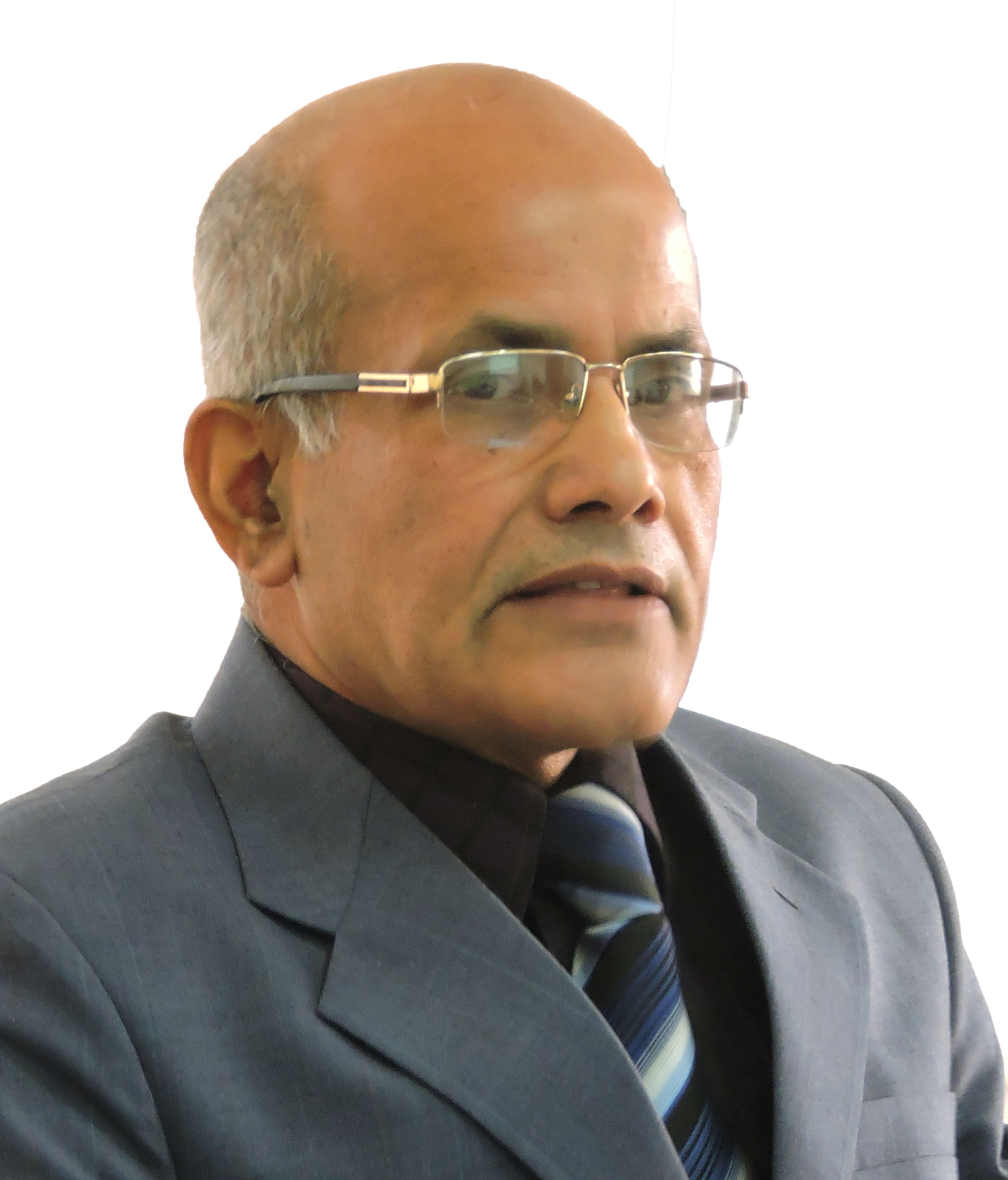

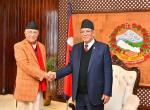
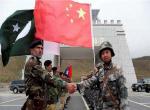

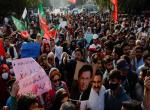
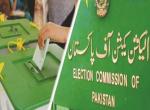
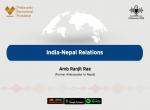

Post new comment